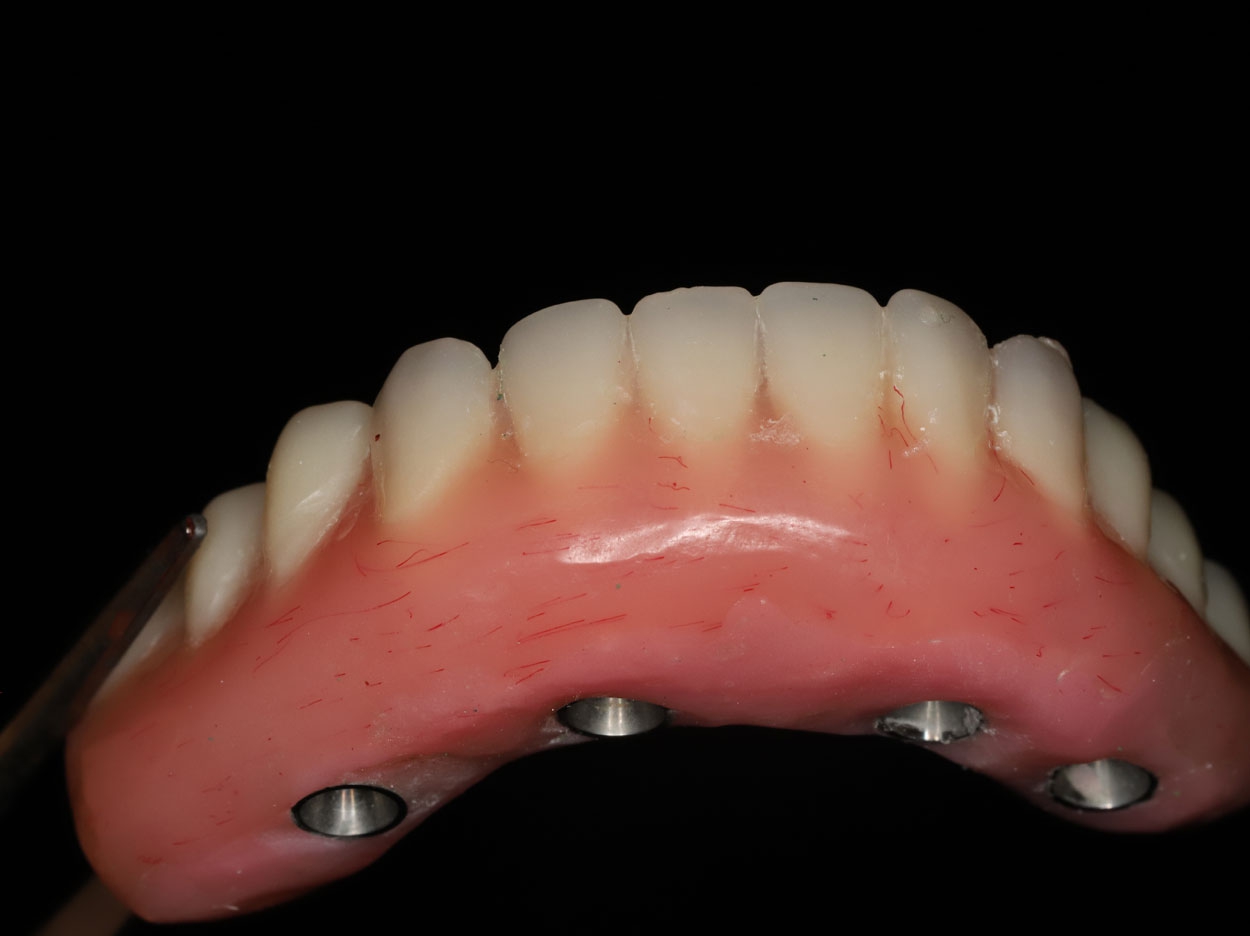
Dental implants have obviously become an integral part of many dental practices today. General dentists, often being the first oral professionals to discuss the possibility of dental implants to inquisitive patients, must understand basic concepts for proper diagnosis and treatment planning, predictable surgical placement, ideal emergence profile and smile design, and postoperative patient management.
Patients often present to our practices with a basic understanding of dental implants that they have gathered from family or friends or, most probably, from the internet. Some of the information designed for patient education is actually pretty good, but there are many clinical holes left for us to educate and instruct these candidates on.
One of the most critical situations that may be missed by the generalist is the importance of attached gingiva on the facial aspect of every implant. The literature states that there must be a band of at least 2 mm of attached gingiva present to provide periodontal health around any implant.
Have you ever had a patient present to your practice with a dental implant, that you may have placed or had come from another office, that has vague symptoms of soreness? Our first response is to look intraorally and make a digital radiograph. If there is no significant hard-tissue loss and the abutment and crowns look proper and precise, we may scratch our heads on why the patient has discomfort.
What we must look for is the lack of attached gingiva. When teeth are lost, bone will shrink, and the mucosal tissue will often follow this recontouring. Mucosa on the facial aspect of our implants is just asking for problems. Techniques have been developed to replace or grow bone in deficient areas.
Our related topics in this issue discuss both achieving attached gingiva around implants and a unique approach to creating bone in sites using the maxillary tuberosity.
Drs. Daniel Domingue and N. Cory Glenn present “Guided Ridge Healing With Full-Arch Custom Prosthetics” and do an excellent job explaining some relevant information on gaining attached gingiva around implants and how to maximize the long-term health and stability of the prosthesis in question. This is critical information for the general dentist to understand.
Our second implant-related presentation is from Dr. Steven Rasner, titled “Maxillary Tuberosity: An Overlooked Site for Block Grafts Rich in Cortical-Cancellous Bone.” This article will allow the reader to consider a donor site that may not have been in our clinical wheelhouse.
Dentistry Today is motivated to present practical clinical procedures to help stimulate our thought processes and provide outstanding surgical and prosthetic results for our patients. If you have any questions or comments about this topic, or any other subject presented in Implants Today, feel free to contact Dr. Kosinski at drkosin@aol.com.
Related Articles
Virtual Design Improves Implant Prognosis
Technology to the Rescue: We Can Grow Bone!












